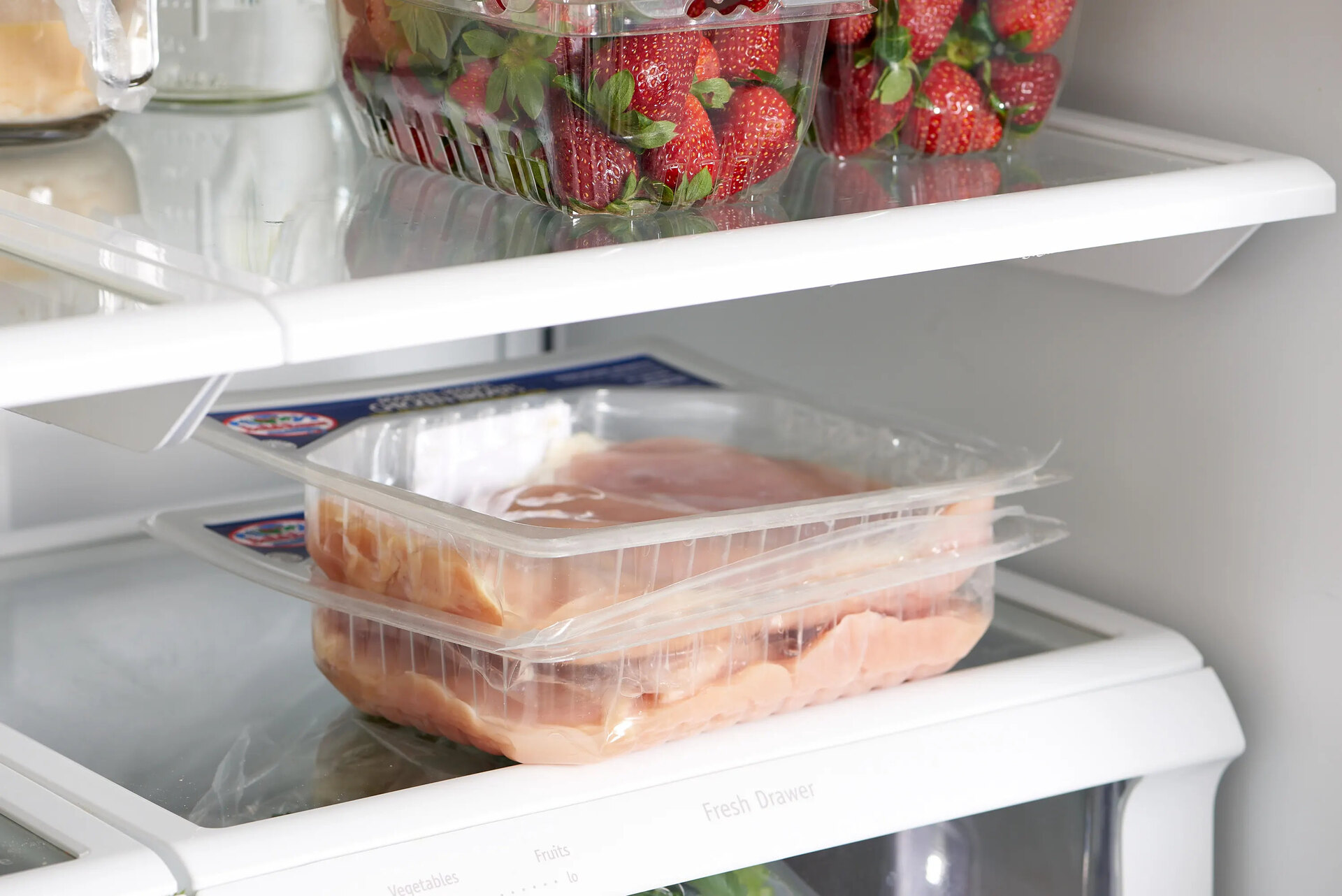

Articles
How To Store Chicken Breast In Fridge
Modified: March 1, 2024
Learn how to store chicken breast in the fridge properly with these helpful articles. Keep your chicken fresh and safe for longer.
(Many of the links in this article redirect to a specific reviewed product. Your purchase of these products through affiliate links helps to generate commission for Storables.com, at no extra cost. Learn more)
Introduction
Properly storing chicken breast is essential for maintaining its freshness, flavor, and overall quality. Whether you’re a seasoned cook or a beginner in the kitchen, understanding how to store chicken breast in the fridge is a crucial skill to ensure food safety and minimize waste. In this article, we will delve into the importance of proper chicken breast storage, along with practical tips and techniques to help you keep your chicken breast fresh and delicious for longer periods.
Improper storage of chicken breast can lead to foodborne illnesses caused by bacteria such as Salmonella and Campylobacter. These contaminants can multiply rapidly at temperatures between 40°F (4°C) and 140°F (60°C), known as the “danger zone.” Therefore, it’s essential to store chicken breast at the correct temperature to prevent bacterial growth and reduce the risk of foodborne illnesses.
Furthermore, improper storage can cause chicken breast to lose moisture, resulting in dry and tough meat. By following the right storage practices, you can maintain the tenderness, juiciness, and flavor of your chicken breast, ensuring a delicious dining experience every time.
So, let’s dive into the details of how to store chicken breast in the fridge to prolong its shelf life and preserve its quality.
Key Takeaways:
- Properly storing chicken breast is crucial for food safety, freshness, and waste reduction. Follow temperature guidelines, use airtight containers, and practice FIFO to enjoy safe and delicious meals.
- Inspect, clean, and properly package chicken breast to maintain its quality. Label, date, and store separately to minimize waste and ensure freshness.
Read more: How To Store Chicken Breast
Why is proper storage of chicken breast important?
Proper storage of chicken breast is critical for several reasons:
- Food Safety: Chicken breast, like any other poultry, is prone to bacterial contamination. Storing it at the correct temperature helps prevent the growth of harmful bacteria, such as Salmonella and Campylobacter, which can cause foodborne illnesses. By following proper storage guidelines, you can minimize the risk of contamination and protect your health and the health of your loved ones.
- Freshness: Nobody wants to consume spoiled or stale chicken breast. Proper storage methods preserve the freshness and quality of the meat for a longer period, ensuring that it remains safe to eat and enjoyable in taste and texture.
- Minimizing Waste: By storing chicken breast correctly, you can extend its shelf life and reduce unnecessary waste. This not only saves you money but also contributes to a more sustainable approach in the kitchen.
- Convenience: Having properly stored chicken breast readily available in your fridge makes meal planning and cooking more convenient. You can easily access the meat when needed, saving time and effort in the kitchen.
In summary, proper storage of chicken breast is essential for food safety, maintaining freshness, minimizing waste, and enhancing convenience in your culinary endeavors. Now, let’s explore how to prepare chicken breast for storage and the ideal temperature and shelf life of this versatile meat.
Preparing chicken breast for storage
Before storing chicken breast in the fridge, it’s crucial to properly prepare it to maintain its quality and avoid cross-contamination. Here are some essential steps to follow:
- Inspect and Clean: Check the chicken breast for any signs of spoilage, discoloration, or unpleasant odor. If you notice any of these indicators, discard the meat immediately. Rinse the chicken breast under cold running water to remove any debris or excess blood.
- Pat Dry: Use paper towels to thoroughly pat dry the chicken breast. Removing excess moisture helps prevent bacterial growth and promotes better texture and flavor during storage.
- Seasoning (optional): If desired, season the chicken breast with your preferred herbs, spices, or marinades. However, it’s advisable to season just before cooking rather than during storage to prevent potential texture changes or flavor absorption.
- Portioning: Consider dividing the chicken breast into individual serving sizes before storing. This allows for easier portion control and minimizes the need to defrost an entire piece when only a portion is needed for a meal.
Once you’ve prepared the chicken breast, it’s time to focus on the ideal temperature and shelf life for storage. Let’s explore these aspects in detail.
Temperature and Shelf Life of Chicken Breast
The temperature at which you store chicken breast plays a significant role in maintaining its freshness and safety. Here are some key considerations:
- Refrigerator Temperature: Store chicken breast in the coldest part of your refrigerator, which is typically the back of the bottom shelf. The ideal temperature for storing chicken breast is between 32°F (0°C) and 40°F (4°C). Keeping it at this temperature range slows down bacterial growth and helps preserve its quality.
- Freezer Temperature: If you plan to freeze chicken breast for longer-term storage, ensure your freezer is set at or below 0°F (-18°C). Freezing chicken breast retains its freshness and extends its shelf life for several months.
The shelf life of chicken breast depends on whether it’s refrigerated or frozen:
- Refrigerated Shelf Life: Raw chicken breast can be safely stored in the refrigerator for up to 2 days. Cooked chicken breast can last for 3-4 days when properly stored in the fridge.
- Frozen Shelf Life: If you freeze raw chicken breast, it can be stored for up to 9-12 months. Cooked chicken breast can be frozen for 2-6 months.
It’s important to note that these are general guidelines, and the shelf life may vary depending on the quality of the chicken breast and how well it is stored.
Now that we have covered the essential temperature and shelf life information, let’s dive into some practical tips for storing chicken breast in the fridge.
To store chicken breast in the fridge, place it in an airtight container or resealable bag to prevent cross-contamination. Store it on the bottom shelf to prevent any drips from contaminating other foods. Use or freeze within 2 days for best quality.
Tips for Storing Chicken Breast in the Fridge
Follow these tips to ensure optimal storage of chicken breast in the refrigerator:
- Use Airtight Containers or Bags: Store chicken breast in airtight containers or resealable plastic bags to prevent air exposure and minimize the risk of contamination. Make sure the containers are clean and dry before use.
- Label and Date: Properly label the containers or bags with the date of storage to help you keep track of freshness and rotation.
- Store Separately: Keep raw chicken breast separate from cooked or ready-to-eat foods to avoid cross-contamination. Store it on the lower shelves to prevent any potential drips or spills from contaminating other food items.
- Avoid Overpacking: Do not overcrowd the refrigerator or tightly pack the chicken breast. Allow for proper air circulation to maintain a consistent temperature throughout the fridge.
- Regularly Monitor Temperature: Use a refrigerator thermometer to ensure that the temperature remains within the recommended range.
- Do Not Refreeze: Avoid refreezing chicken breast once it has been thawed. This can negatively impact the texture and quality of the meat.
- Follow First-In, First-Out (FIFO) Method: When using multiple portions of chicken breast, prioritize using the older ones first, following the FIFO principle to minimize waste.
By implementing these tips, you can maximize the shelf life, maintain the quality, and reduce the risk of foodborne illnesses associated with chicken breast.
Now, let’s move on to discussing proper packaging and storing techniques for chicken breast.
Read more: How To Store Chicken In Fridge
Proper Packaging and Storing Techniques
Properly packaging chicken breast is essential to maintain its freshness and prevent contamination. Here are some effective techniques:
- Wrap Individually: If you prefer to store chicken breast in portions, wrap each piece individually with plastic wrap or place them in separate resealable bags. This prevents the pieces from sticking together and allows for easier portioning.
- Vacuum Sealing: Consider investing in a vacuum sealer to remove as much air as possible from the packaging. This helps extend the shelf life of chicken breast and prevents freezer burn when storing in the freezer.
- Use Zip-top Freezer Bags: When storing larger quantities of chicken breast, use gallon-sized zip-top freezer bags. Press out excess air before sealing the bags to minimize contact with oxygen, which can cause oxidation and affect the quality of the meat.
- Consider Freezer Paper: For long-term storage in the freezer, wrap the chicken breast tightly with freezer paper to provide an extra layer of protection against freezer burn.
- Label and Date: Clearly label the packages with the contents and the date of storage. This helps you keep track of the freshness and ensures you consume the oldest pieces first.
Remember, proper packaging goes hand in hand with proper storage. Always place the packaged chicken breast in the coldest part of the refrigerator or freezer to maintain its quality and prevent bacterial growth.
Now that you have learned about the best practices for packaging and storing chicken breast, let’s sum up all the information in an easy-to-follow step-by-step guide infographic.
Infographic: Step-by-step Guide to Storing Chicken Breast in the Fridge
Follow this simple step-by-step guide to store chicken breast in the fridge and ensure its freshness:

- Inspect and Clean: Check for any signs of spoilage and rinse the chicken breast under cold water.
- Pat Dry: Use paper towels to absorb excess moisture from the chicken breast.
- Portion and Season: Divide the chicken breast into individual servings, if desired, and season before cooking.
- Package: Wrap each piece individually with plastic wrap or place in airtight containers.
- Label and Date: Clearly label each package with the contents and the date of storage.
- Store Separately: Keep raw chicken breast separate from other foods to prevent cross-contamination.
- Place in the Coldest Part: Store the packaged chicken breast in the back of the bottom shelf in the refrigerator.
- Regularly Monitor Temperature: Ensure the fridge temperature remains between 32°F (0°C) and 40°F (4°C).
- Rotate and Use Within 2 Days: Prioritize using the older pieces first, following the first-in, first-out (FIFO) method.
Remember, proper storage techniques are crucial for maintaining the freshness and safety of chicken breast. By following these steps, you can enjoy delicious and safe meals every time you cook with chicken breast.
Now that you have a comprehensive understanding of storing chicken breast in the fridge, let’s wrap up the article.
Conclusion
Properly storing chicken breast in the fridge is essential for food safety, maintaining freshness, and minimizing waste. By following the guidelines and tips outlined in this article, you can ensure that your chicken breast remains safe, flavorful, and enjoyable for longer periods.
Remember to inspect and clean the chicken breast before storage, pat it dry, and optionally season it before portioning. Keep in mind the ideal temperature range of 32°F (0°C) to 40°F (4°C) for refrigeration and 0°F (-18°C) or below for freezing. Labeling and dating your packages, storing them separately from other foods, and regularly monitoring the fridge temperature are all important practices to follow.
Proper packaging and storing techniques, such as using airtight containers, vacuum sealing, and utilizing freezer paper, can help extend the shelf life of chicken breast and maintain its quality. Additionally, following the first-in, first-out (FIFO) method and utilizing individually wrapped portions can aid in minimizing waste and ensuring proper rotation of the meat.
With these strategies in place, you can confidently store and enjoy chicken breast while reducing the risk of foodborne illnesses and unnecessary food spoilage.
Now it’s time to apply these storage techniques and savor the freshness and deliciousness of properly stored chicken breast. Happy cooking!
Frequently Asked Questions about How To Store Chicken Breast In Fridge
Was this page helpful?
At Storables.com, we guarantee accurate and reliable information. Our content, validated by Expert Board Contributors, is crafted following stringent Editorial Policies. We're committed to providing you with well-researched, expert-backed insights for all your informational needs.
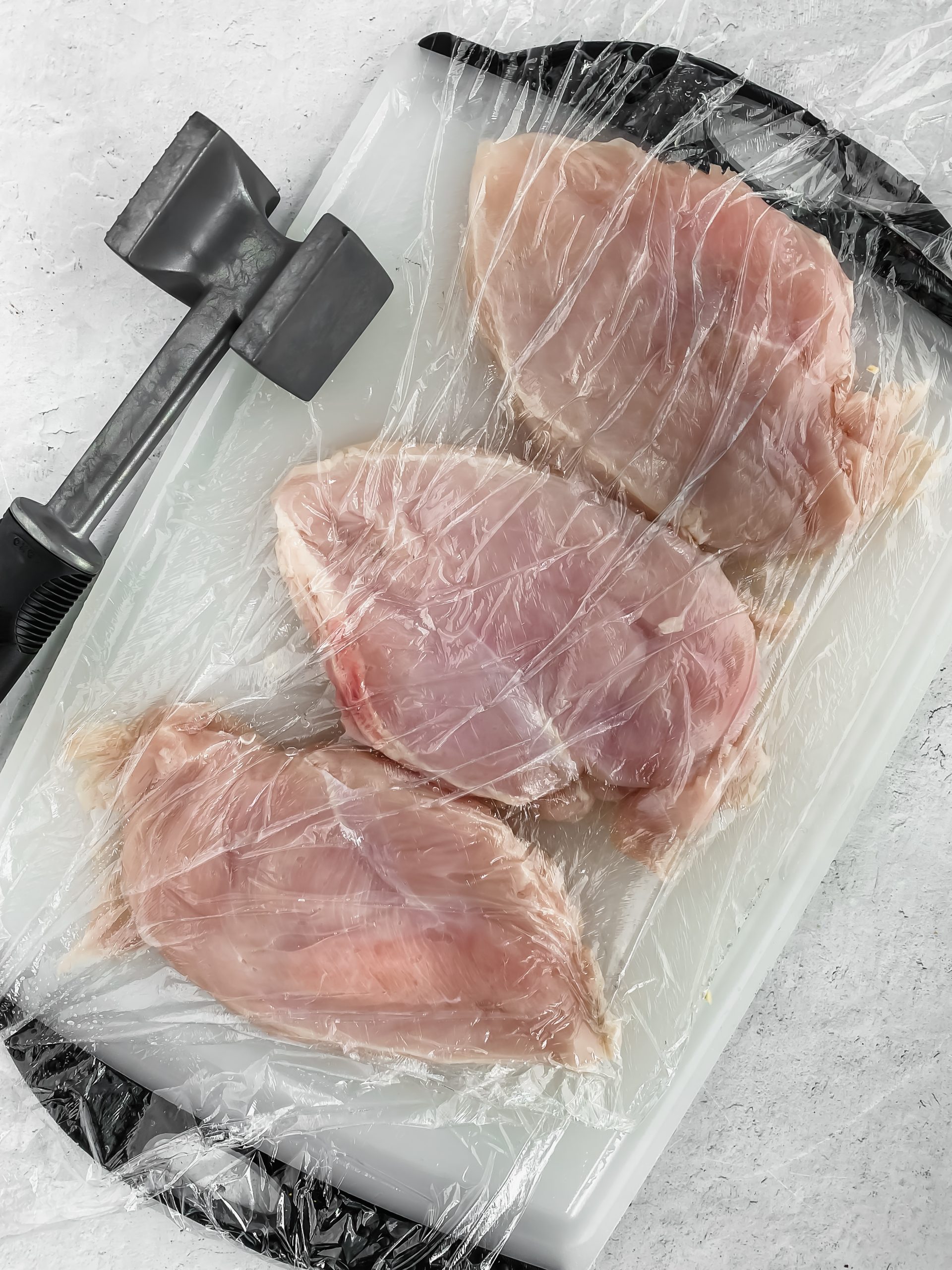
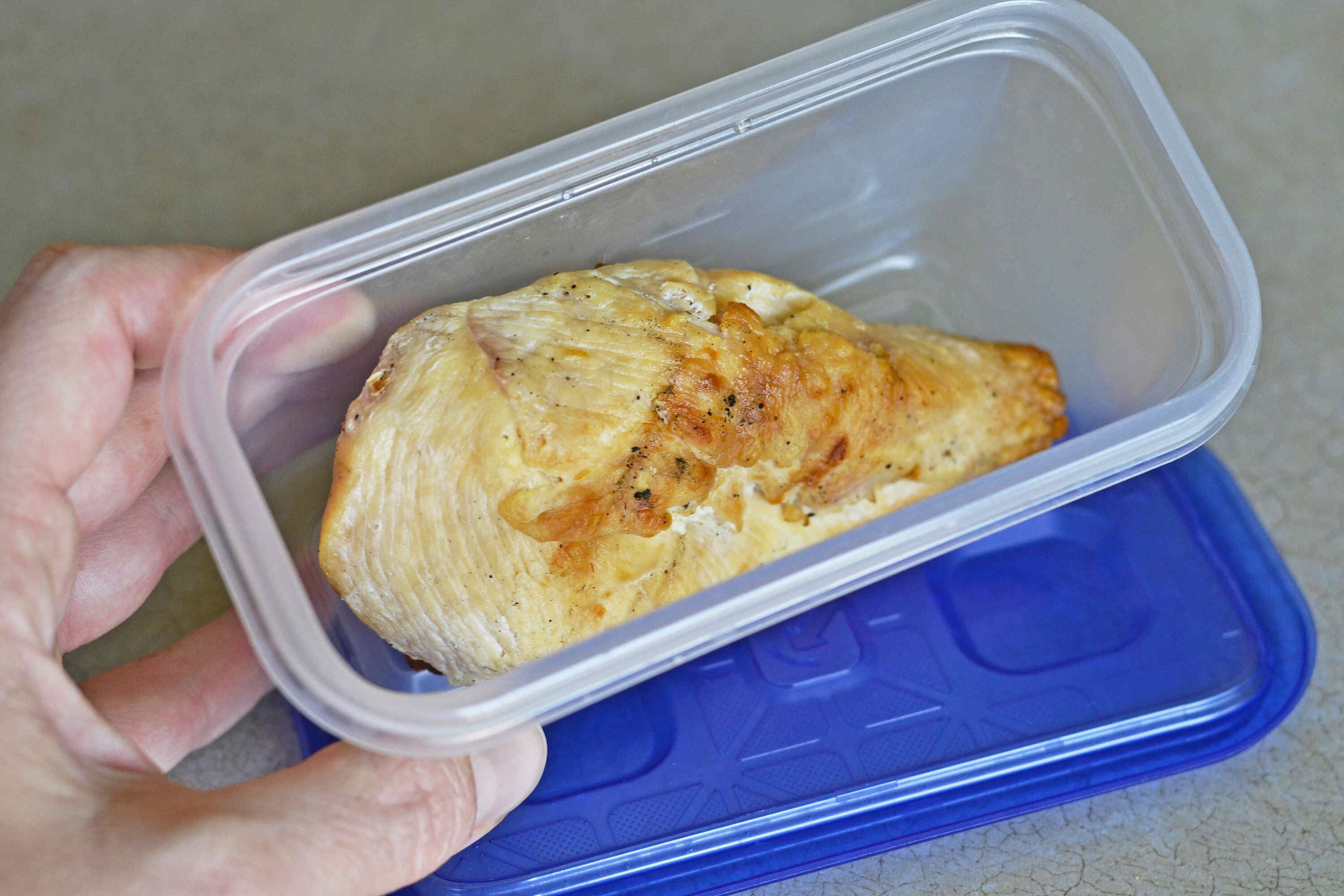
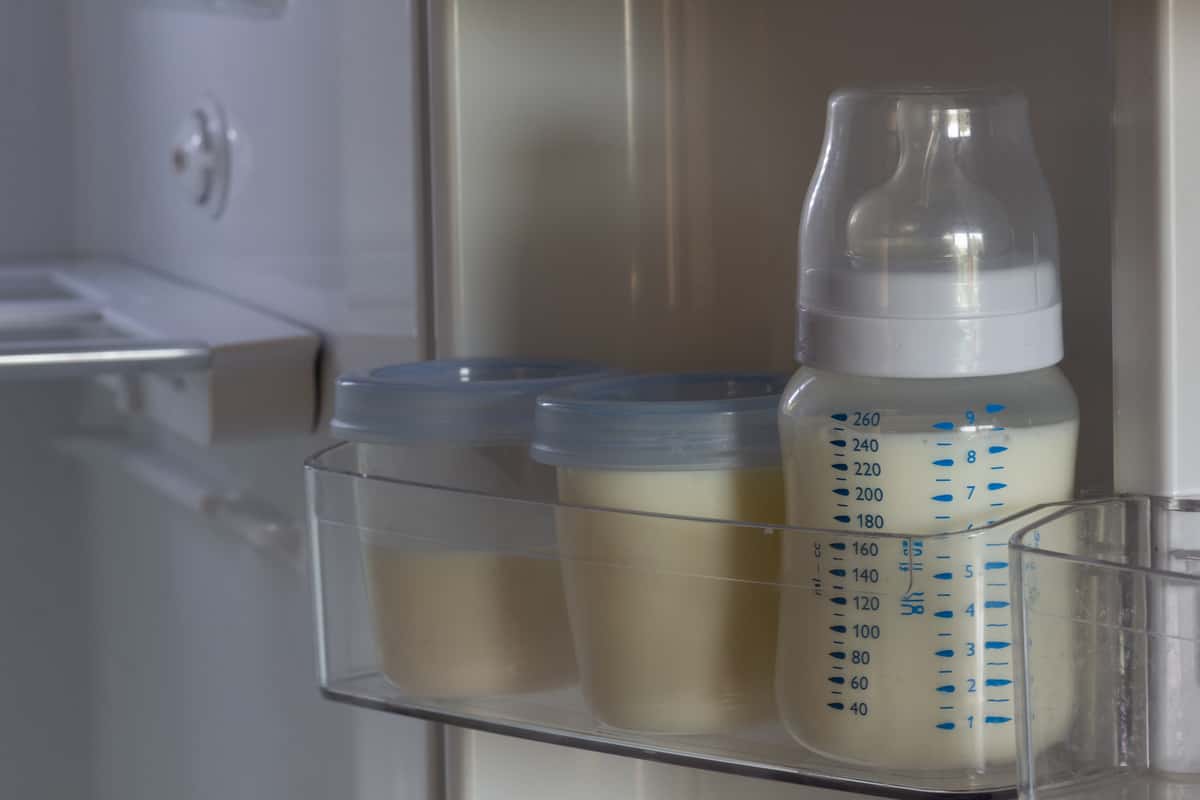
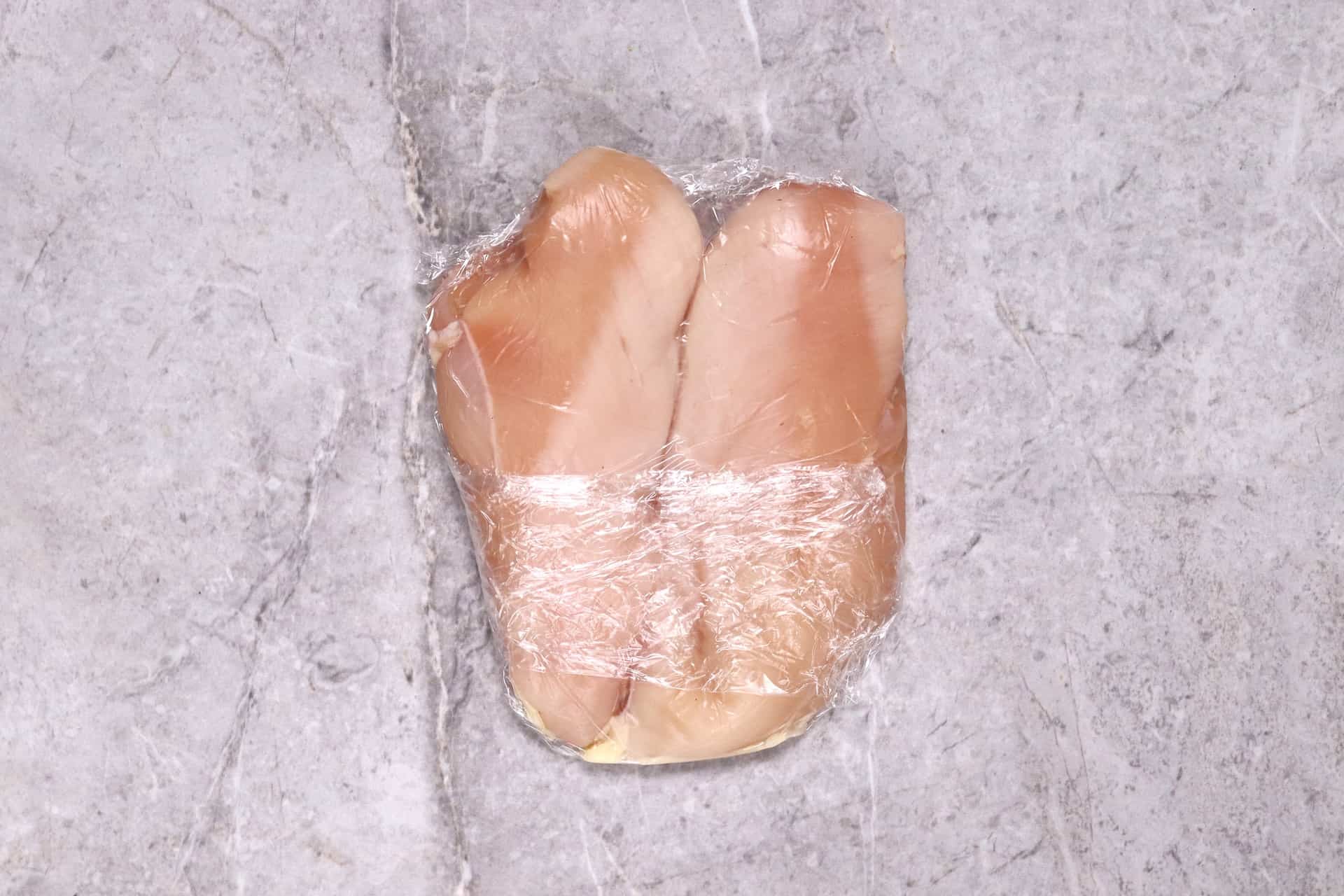



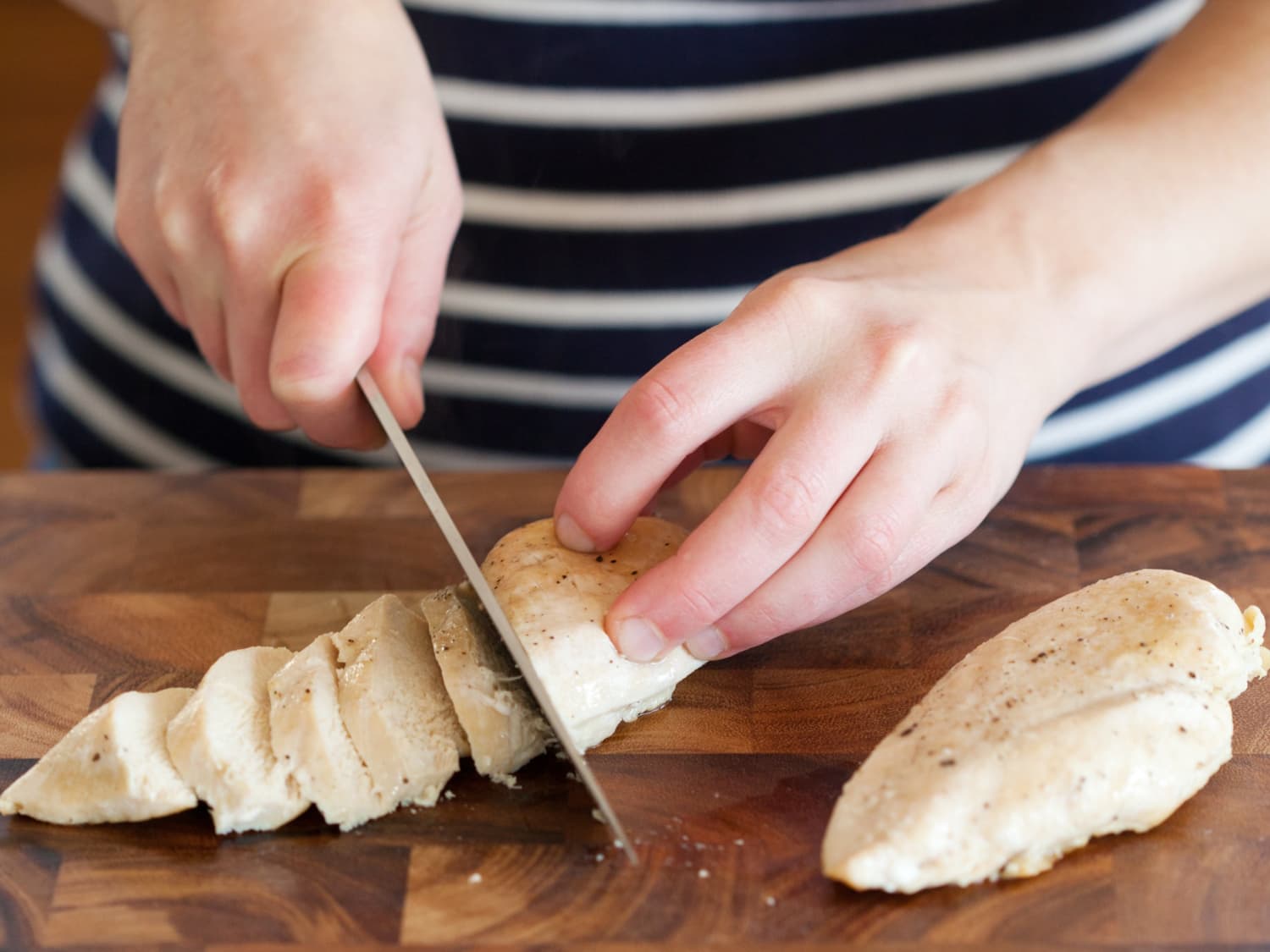
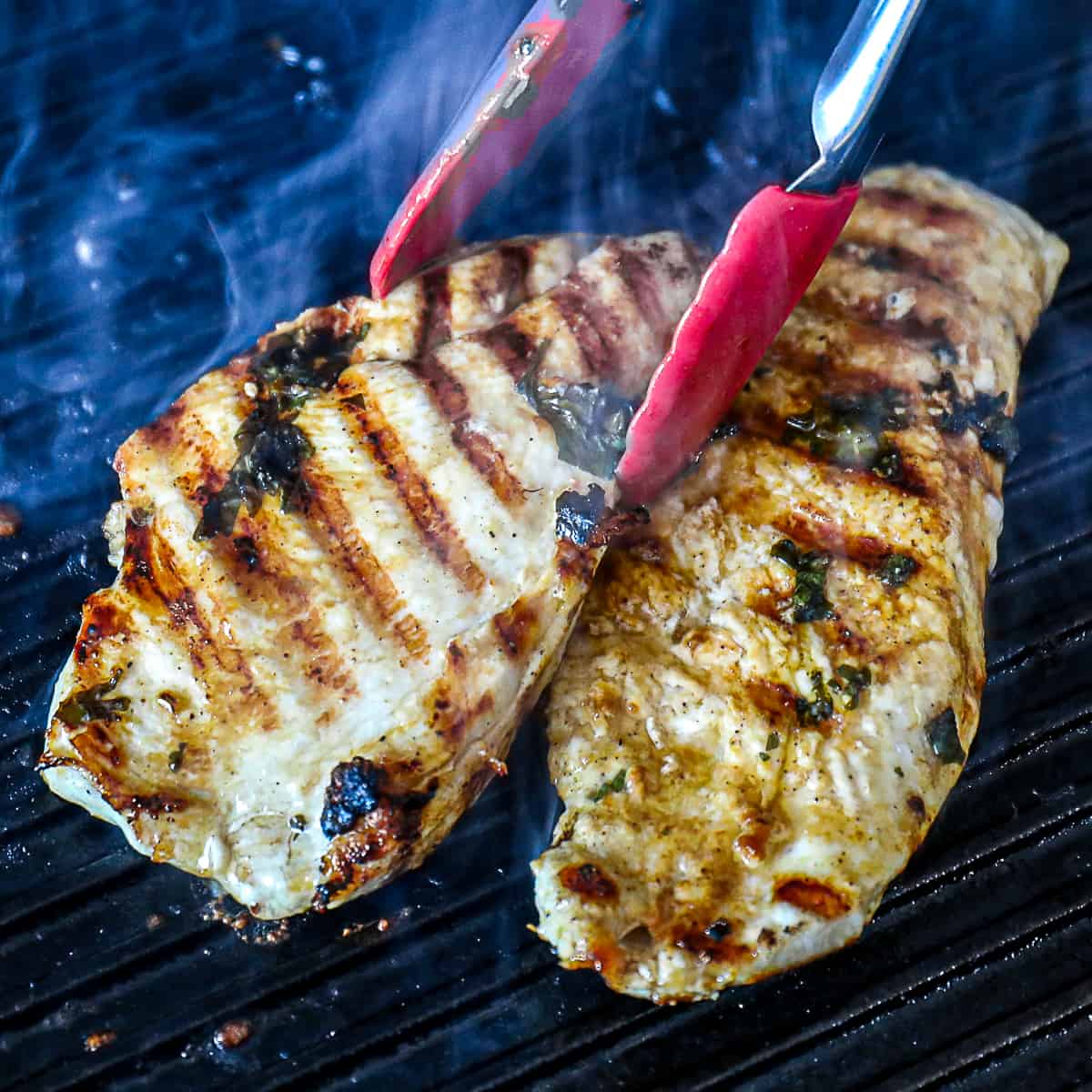
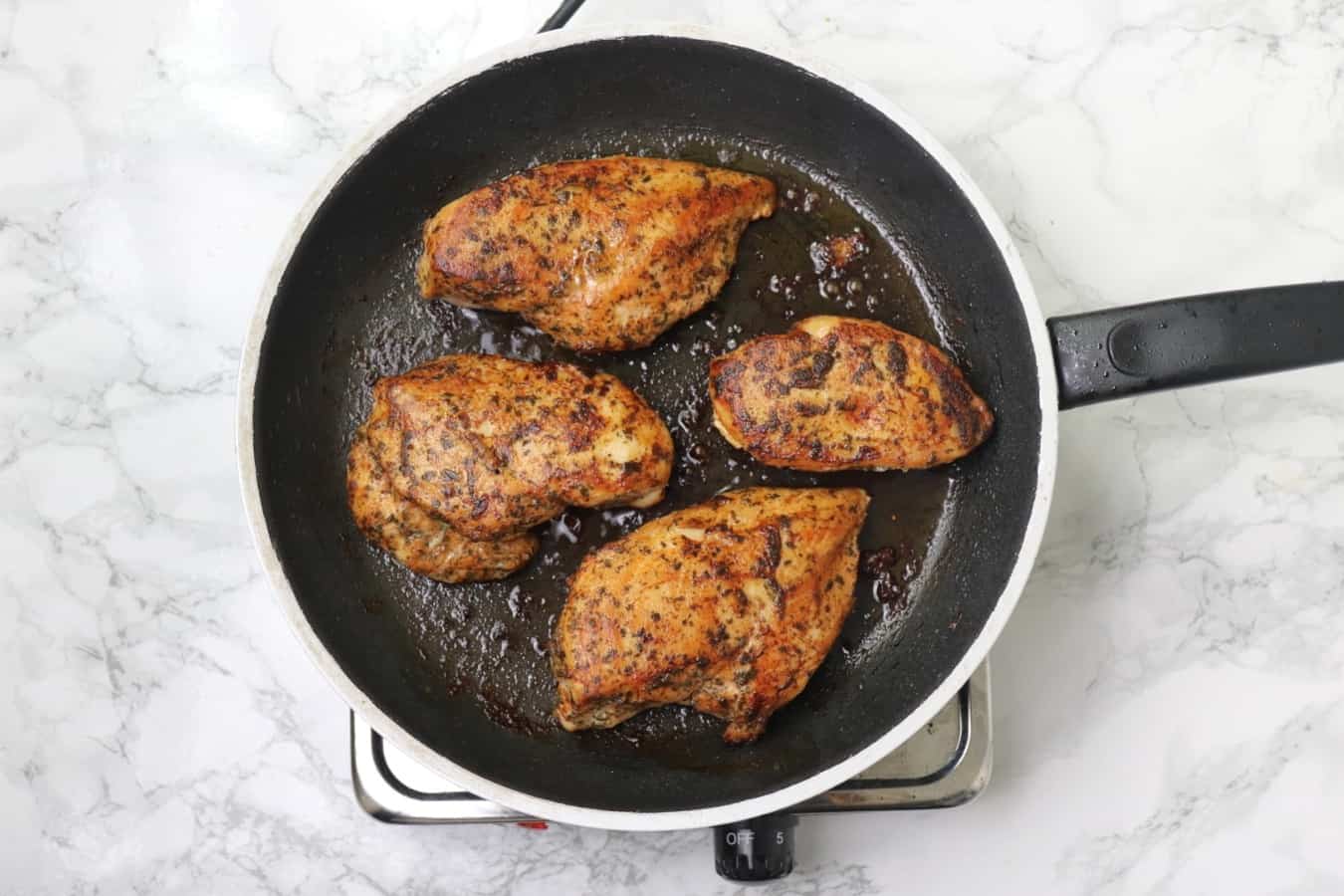
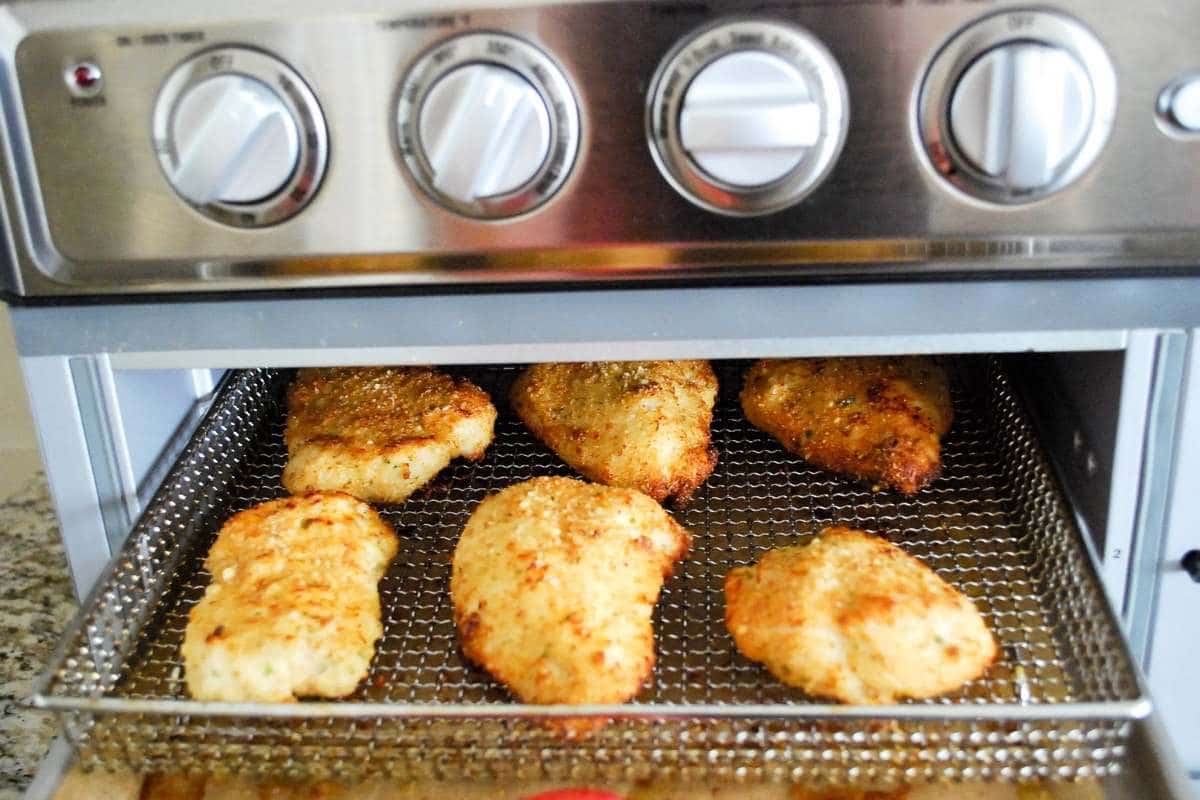
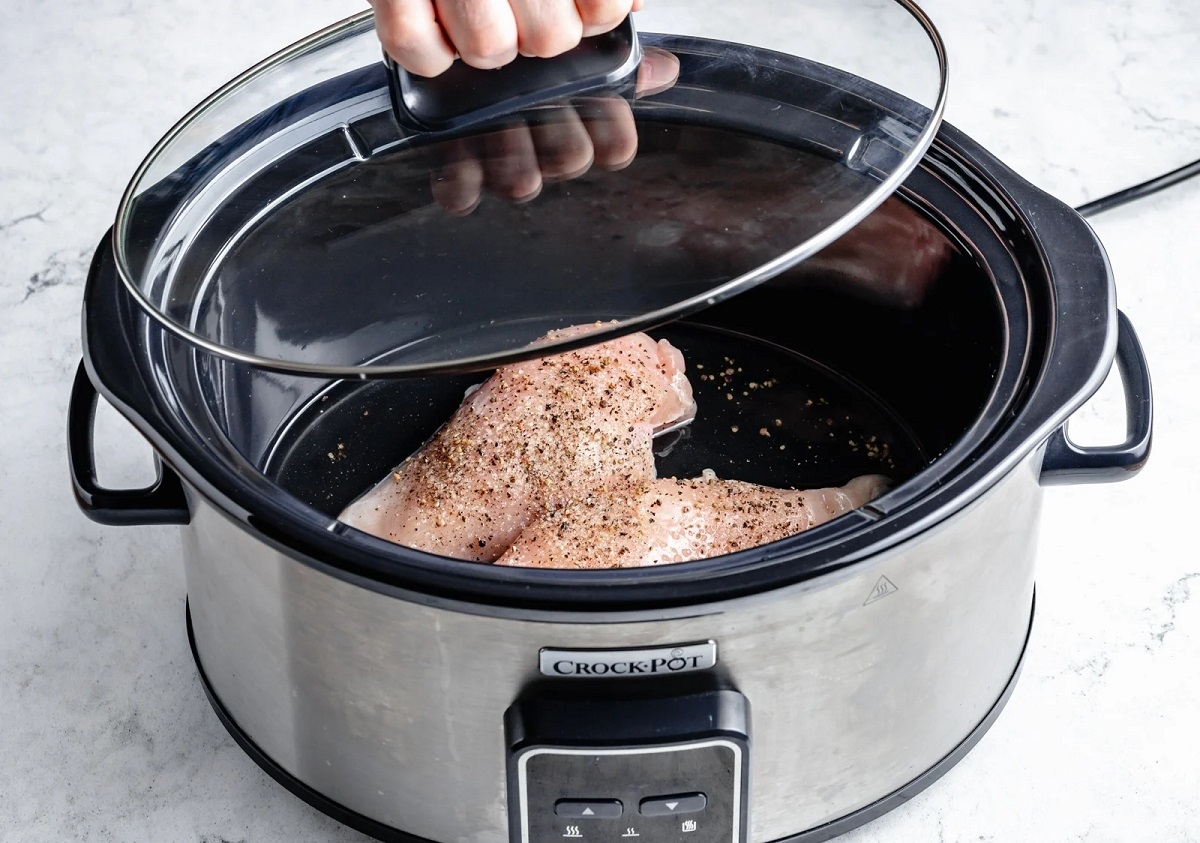
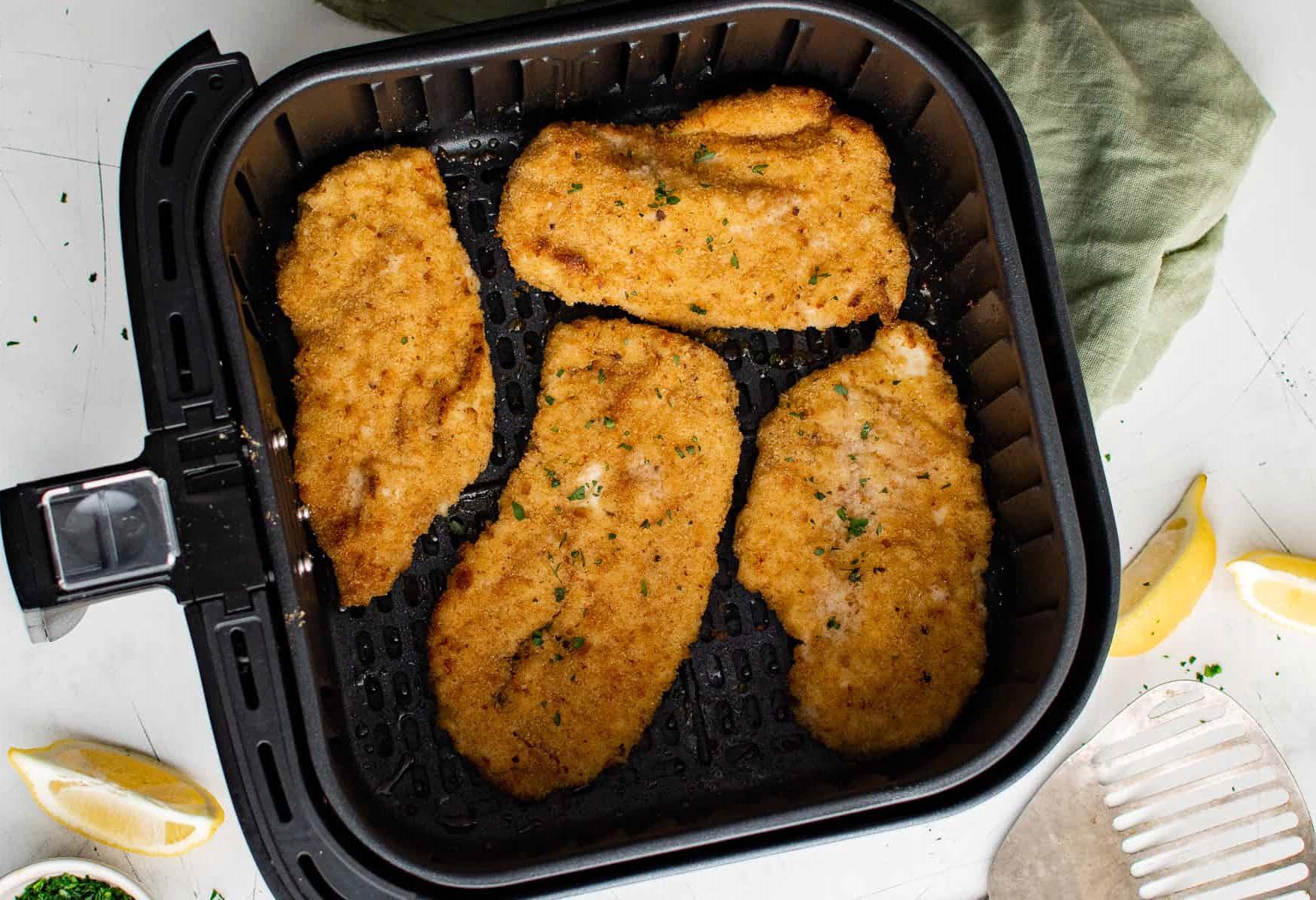
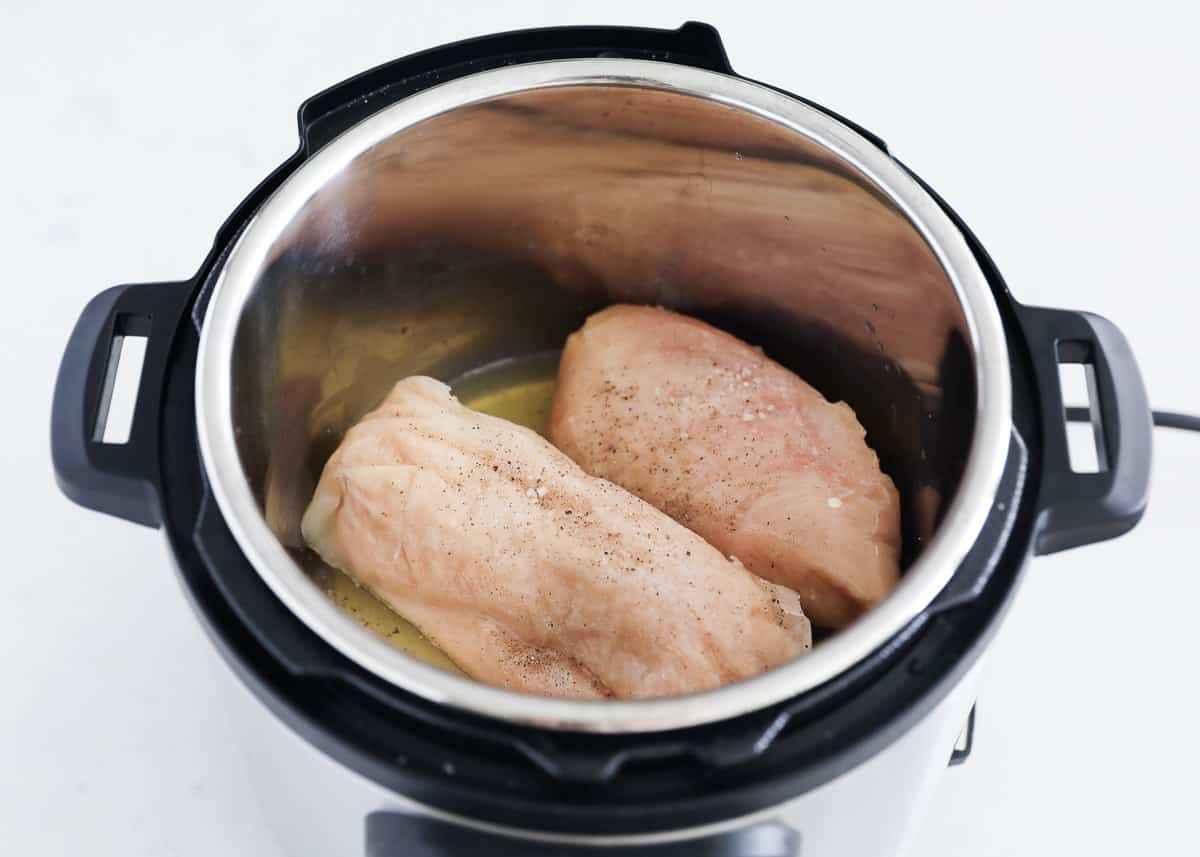

0 thoughts on “How To Store Chicken Breast In Fridge”